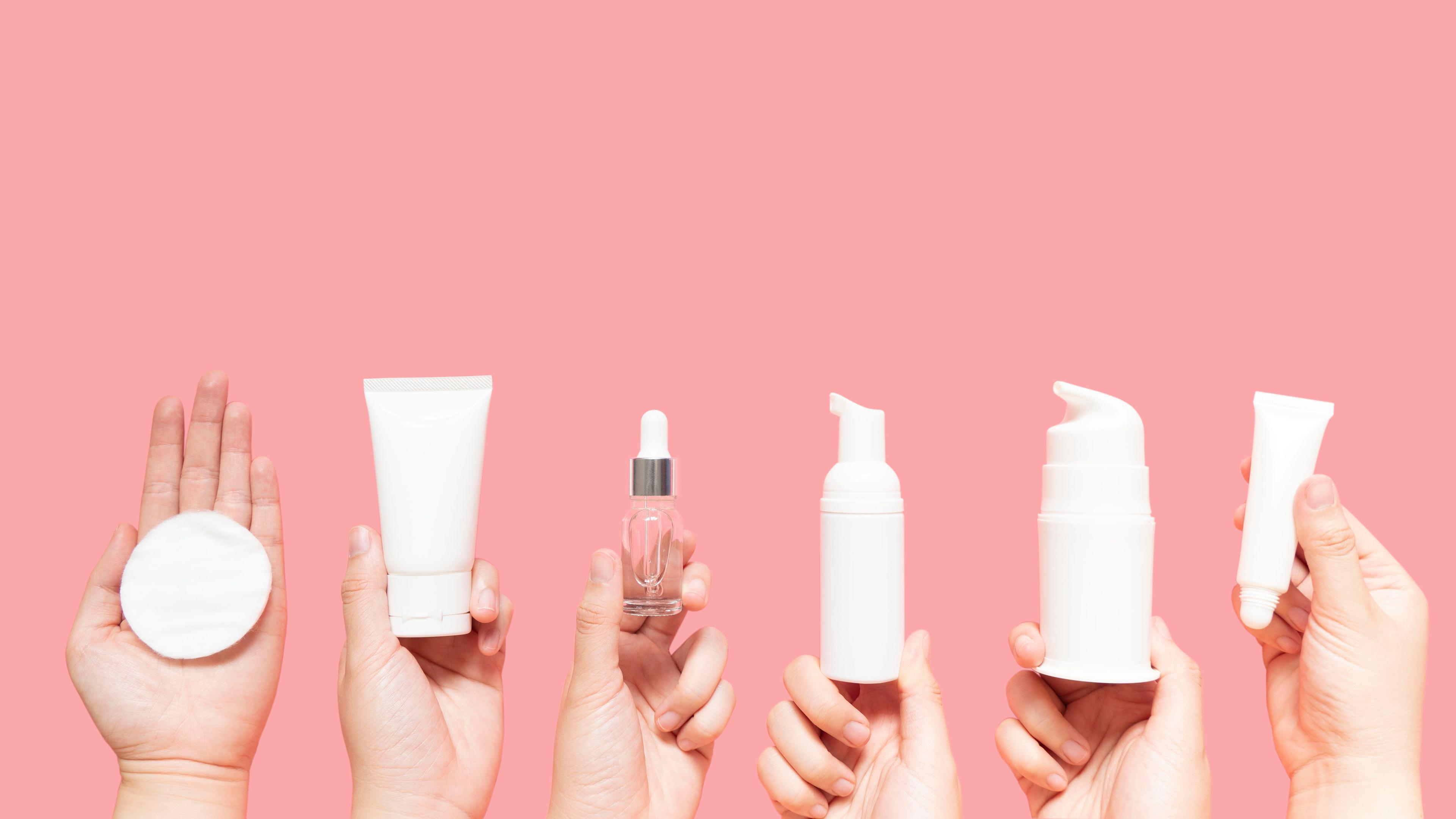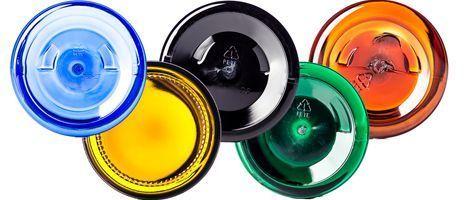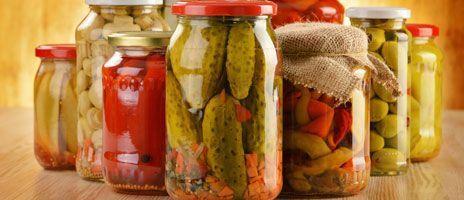How to Make Your Cosmetic Packaging Eco-Friendly


The Need for Sustainable Cosmetic Packaging
As the beauty industry continues to grow, so does its environmental impact. Consumers are becoming increasingly eco-conscious, demanding sustainable alternatives to traditional cosmetic packaging. Brands that embrace eco-friendly packaging solutions not only contribute to environmental preservation but also enhance their reputation and consumer appeal.
Eco-friendly packaging reduces waste, lowers carbon footprints, and aligns with sustainable beauty trends that appeal to today’s environmentally conscious consumers. Brands that make sustainability a priority gain a competitive edge while demonstrating corporate responsibility. In this guide, we’ll explore how cosmetic brands can make their packaging more sustainable, from material choices to innovative design solutions.
1. Choose Sustainable Packaging Materials
Selecting environmentally friendly materials is the first step toward making your cosmetic packaging eco-friendly. The right materials help reduce pollution and waste while maintaining product integrity.
Recyclable Materials
- Glass: 100% recyclable and ideal for high-end skincare and perfume packaging. Glass can be repurposed and has an infinite recycling life without loss of quality.
- Aluminum: Lightweight, durable, and endlessly recyclable. It provides excellent product protection and is easy to process in recycling facilities.
- Post-Consumer Recycled (PCR) Plastic: Reduces plastic waste by reusing materials from existing plastic products. Brands can use PCR to manufacture new containers while reducing reliance on virgin plastics.
Biodegradable and Compostable Options
- Bamboo: A fast-growing, renewable resource often used for lids, applicators, and compact cases. Bamboo packaging is biodegradable and adds a natural, high-end aesthetic.
- Paperboard: Biodegradable and recyclable, suitable for secondary packaging like boxes. FSC-certified paperboard ensures responsible sourcing.
- Plant-Based Plastics: Made from renewable sources like cornstarch or sugarcane. These alternatives decompose naturally, reducing plastic pollution.
- Mushroom Packaging: Mycelium-based packaging is compostable and can replace foam or plastic fillers in cosmetic packaging.
2. Reduce Packaging Waste
Excessive packaging is a significant issue in the cosmetics industry. Brands must rethink traditional packaging strategies to minimize environmental impact.
Strategies to Minimize Waste
- Use Minimalist Design: Avoid unnecessary layers and bulky packaging. Simplified designs use fewer resources and reduce excess waste.
- Offer Refillable Options: Encourage customers to reuse packaging instead of discarding it. Refillable jars, lipsticks, and foundation bottles create a more sustainable product cycle.
- Create Multi-Use Containers: Design packaging that serves multiple functions, reducing overall waste. For example, makeup palettes with interchangeable inserts extend product life.
- Lightweight Packaging: Reducing the weight of packaging materials lowers emissions during transportation and decreases material consumption.
3. Incorporate Smart and Sustainable Design
Innovative design can make your packaging more sustainable while maintaining a premium aesthetic. Brands should explore forward-thinking solutions to improve functionality and reduce waste.
Innovative Packaging Features
- Airless Pumps: Extend product shelf life and reduce waste by preventing air exposure, minimizing contamination, and ensuring complete product usage.
- Magnetic Closures: Allow for easy refilling and reuse. Some brands now use magnetic lipstick casings where only the refill insert needs replacing.
- Modular Packaging: Enables customization while minimizing waste. Stackable, reusable containers allow consumers to combine multiple products efficiently.
- Waterless Beauty Packaging: Concentrated formulations eliminate the need for large plastic-heavy containers. Powdered skincare, solid shampoos, and soap bars reduce packaging volume and weight.
- Collapsible and Reusable Tubes: Containers that flatten after use reduce space in landfills and promote better storage solutions.
4. Prioritize Ethical Sourcing and Manufacturing
Sustainability isn’t just about the materials—it’s also about how they’re sourced and produced. Ethical production practices ensure that environmental responsibility extends beyond packaging choices.
How to Source Responsibly
- Partner with Ethical Suppliers: Ensure your packaging comes from responsible and fair-trade sources that prioritize environmental sustainability.
- Use Renewable Energy in Production: Opt for manufacturers that utilize wind, solar, or other renewable energy sources to reduce carbon emissions.
- Minimize Carbon Footprint: Reduce transportation emissions by sourcing locally and choosing lightweight packaging materials that require less fuel to ship.
- Reduce Water Usage: Water-intensive manufacturing contributes to environmental stress. Brands should prioritize suppliers that employ water-saving production methods.
5. Educate Consumers on Eco-Friendly Disposal
Your customers play a vital role in making your packaging truly sustainable. Providing clear guidance on proper disposal and recycling is essential for sustainability efforts to be effective.
Consumer Education Strategies
- Use Recyclability Symbols: Clearly indicate how packaging can be recycled. Icons and instructions help consumers understand proper disposal methods.
- Offer Take-Back Programs: Allow customers to return empty containers for recycling or refilling. Brands like MAC and Lush have successfully implemented take-back initiatives.
- Print QR Codes for More Info: Direct consumers to digital content explaining sustainability efforts, recycling tips, and refill locations.
- Encourage Upcycling: Provide creative ideas for repurposing empty containers. Reusable packaging concepts help extend product life and reduce waste.
6. Certifications and Compliance
Sustainable packaging should align with industry certifications that validate a brand’s environmental claims. Certifications help build trust and ensure compliance with eco-friendly regulations.
Common Sustainability Certifications
- USDA Certified Biobased Product: Indicates packaging made from renewable biological ingredients.
- ECOCERT: Verifies that packaging meets strict environmental and sustainability criteria.
- FSC (Forest Stewardship Council): Ensures responsible sourcing of paper and wood-based packaging.
- Cradle to Cradle Certified™: Recognizes sustainable and circular packaging solutions.
- Plastic-Free Certification: Confirms packaging contains no petroleum-based plastics.
- Carbon Neutral Certification: Demonstrates that packaging production offsets carbon emissions.
7. Future Trends in Eco-Friendly Cosmetic Packaging
The beauty industry continues to evolve with new advancements in sustainable packaging. Staying ahead of trends ensures long-term success in an increasingly green-conscious market.
Upcoming Innovations
- Algae-Based Bioplastics: A biodegradable alternative that grows rapidly and requires minimal resources.
- Smart Packaging with Sensors: Integrating freshness indicators or auto-dispensing mechanisms to prevent product waste.
- Edible Packaging: Experimental biodegradable films that can be safely consumed or composted.
- Lab-Grown Materials: Sustainable innovations like lab-created cellulose could replace traditional plastics.
- AI-Driven Packaging Design: Artificial intelligence optimizes packaging materials for sustainability and efficiency.
Leading the Way in Green Beauty
Making your cosmetic packaging eco-friendly is a smart investment for both the planet and your brand. By choosing sustainable materials, reducing waste, prioritizing ethical sourcing, and educating consumers, beauty brands can make a meaningful impact on the environment while staying ahead in a competitive market.
With regulations on plastic waste tightening and consumers actively seeking green alternatives, sustainable packaging is no longer optional—it’s a necessity. Companies that embrace innovation, transparency, and responsible sourcing will lead the way in the future of eco-friendly beauty.
Ready to embrace sustainable packaging? Explore our range of eco-friendly cosmetic containers today!




